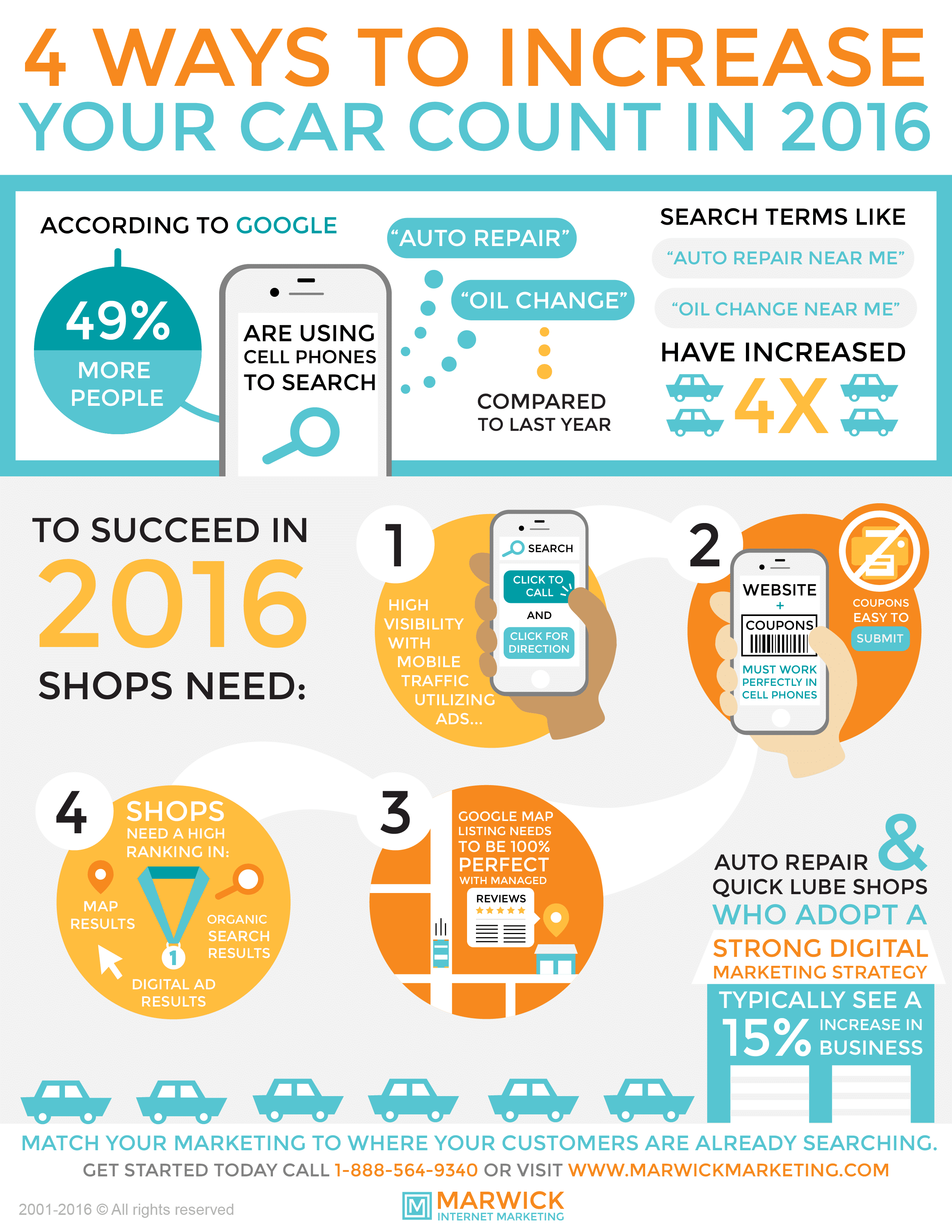Evaluating Your Auto'S Warning Indicators: What They Truly Communicate
Evaluating Your Auto'S Warning Indicators: What They Truly Communicate
Blog Article
Content Create By-Hartley Winters
When you lag the wheel, those beautiful caution lights on your control panel can be a little bit perplexing. Do you know what they're attempting to tell you about your cars and truck's wellness? Recognizing the value of these lights is crucial for your safety and the durability of your automobile. So, the next time one of those lights pops up, wouldn't you want to decode its message precisely and take the required steps to address it?
Common Caution Lighting and Interpretations
Identify common caution lights in your cars and truck and recognize their significances to guarantee safe driving.
The most normal caution lights consist of the check engine light, which signals issues with the engine or exhausts system. If this light begins, it's vital to have your lorry examined without delay.
The oil stress advising light shows low oil pressure, calling for instant focus to stop engine damages.
A blinking battery light may suggest a malfunctioning charging system, potentially leaving you stranded if not addressed.
The tire stress tracking system (TPMS) light informs you to reduced tire stress, affecting car security and gas efficiency. Overlooking this might result in dangerous driving problems.
The ABS light shows a problem with the anti-lock braking system, jeopardizing your capacity to stop swiftly in emergency situations.
Finally, the coolant temperature advising light warns of engine overheating, which can result in severe damage if not resolved quickly.
Recognizing these typical caution lights will help you address issues without delay and keep secure driving conditions.
Relevance of Prompt Interest
Understanding the common caution lights in your car is only the primary step; the importance of without delay dealing with these warnings can't be highlighted sufficient to ensure your safety and security when driving.
When a warning light brightens on your control panel, it's your car's way of interacting a potential concern that requires attention. Neglecting these cautions can lead to much more serious issues down the road, jeopardizing your safety and possibly costing you extra out of commission.
Prompt attention to cautioning lights can protect against breakdowns and crashes. As an example, a blinking check engine light might indicate a misfire that, if left ignored, might create damage to the catalytic converter. Resolving this immediately can save you from a pricey repair work.
Similarly, Highly recommended Internet site warning light may indicate low brake liquid or used brake pads, essential elements for your security when driving.
DIY Troubleshooting Tips
If you discover a caution light on your dashboard, there are a few do it yourself fixing ideas you can attempt prior to looking for expert aid.
The very first step is to consult your vehicle's handbook to understand what the certain caution light shows. Occasionally best car wash can be as simple as a loosened gas cap triggering the check engine light. Tightening the gas cap may settle the issue.
An additional typical issue is a low battery, which can cause different advising lights. Examining the battery connections for corrosion and ensuring they're protected may repair the problem.
If a caution light continues, you can attempt resetting it by separating the auto's battery for a couple of minutes and after that reconnecting it. Additionally, inspecting https://brake-change-cost17394.blog-a-story.com/11563705/enhance-your-skills-in-selecting-the-perfect-auto-service-center-by-adhering-to-these-10-important-suggestions , such as oil, coolant, and brake liquid, can help repair warning lights connected to these systems.
Conclusion
Finally, understanding your car's warning lights is crucial for keeping your lorry running efficiently and safely. By quickly resolving these informs and knowing what they suggest, you can prevent costly repair services and prospective breakdowns.
Keep in mind to consult your car's handbook for specific information on each cautioning light and do something about it appropriately to make sure a hassle-free driving experience.
Stay educated, remain risk-free on the road!
